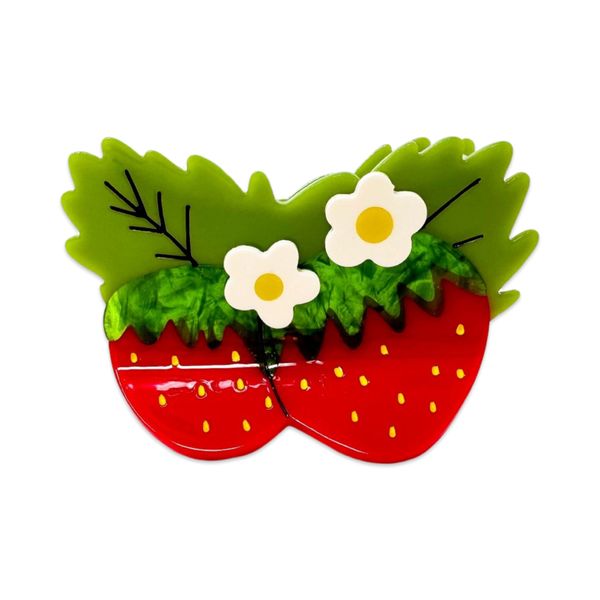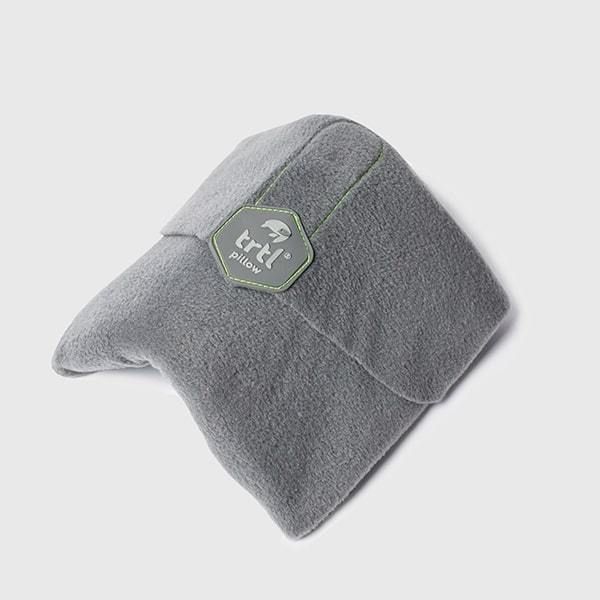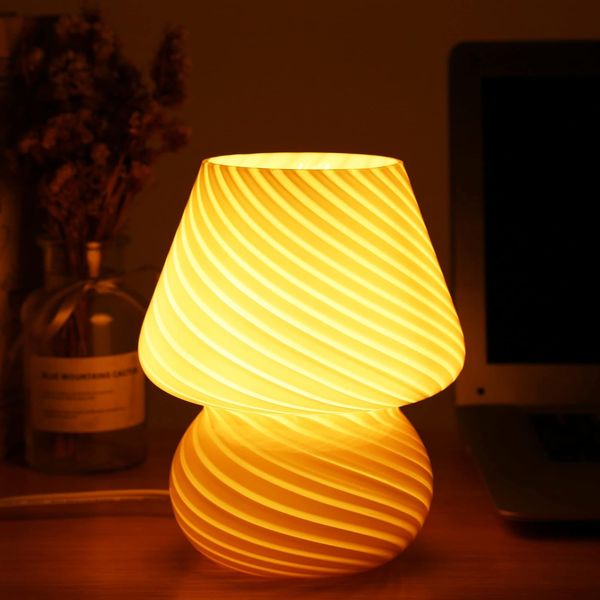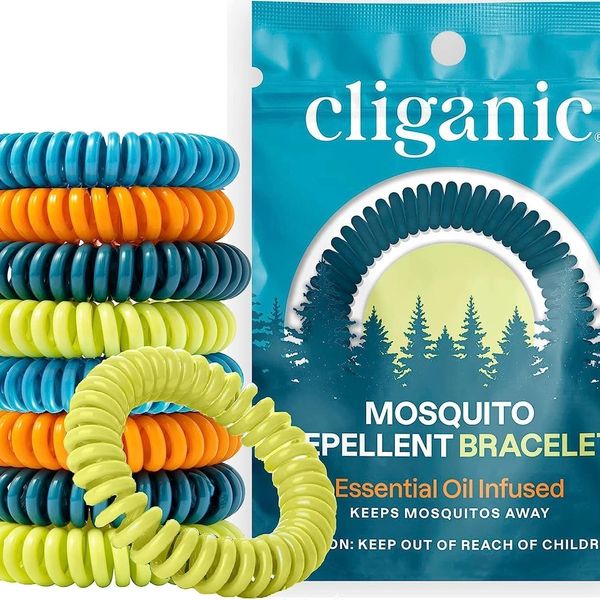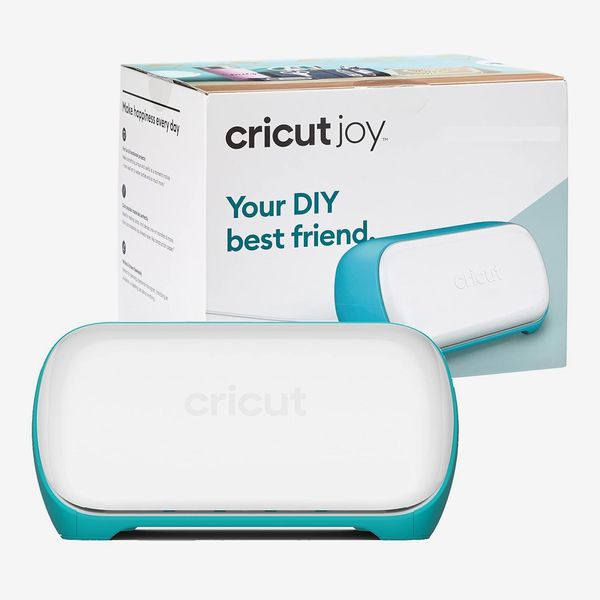
If you were on skin-care TikTok at all last summer, you’ve probably heard about snail mucin, the slimy substance that snails secrete when they creep around. At the heart of this renewed obsession is the CosRX snail-mucin essence, which is 96.3 percent snail mucin, and claims to hydrate, fade dark marks, and help to even out skin tone. At its peak, the serum got so popular that when I walked into Ulta on a balmy July day, it was fully sold out without a guaranteed restock date. The hype around the essence launched fresh interest in snail mucin as an ingredient, and for good reason. We’ve been recommending it since 2017, when our beauty columnist Rio Viera-Newton credited the CosRX snail-mucin essence for keeping her skin plump, hydrated, and glowy. Here’s everything you need to know about this ingredient.
Where Does Snail Mucin Come From?
Most snail mucin is derived from the common garden snail Cryptomphalus aspersa. It contains glycoproteins and regenerative growth factors, glycolic acid, hyaluronic acid, and enzymes. It’s the kind of ingredient list you’d see in a fancy serum designed to address everything from hyperpigmentation to acne scarring to dry skin.
What Does Snail Mucin Do?
It’s an all-in-one and can address a host of skin issues, including dryness, uneven texture, scarring, and hyperpigmentation. Its versatility is what makes it popular. When we first wrote an explainer back in 2018, there wasn’t a big body of evidence for the efficacy of snail mucin, but a few clinical studies have been conducted since. Dermatologist and founder of AzmiMD Skincare Dr. Azadeh Shirazi directed me to one that took place in 2020, in which women between the ages of 45 and 65 followed a skin-care regimen that included snail secretions (a serum called Endocare Tensage Serum) for three months. At the end of the study, many reported improvement in skin roughness, firmness, and elasticity. She also told me about a study that focused on the wound-healing properties in snail mucin, which found that there are both antimicrobial and anti-inflammatory properties.
Why Does Snail Mucin Work?
When I asked dermatologists why this particular mix of ingredients works so well, they noted that snail mucin supports collagen production and has anti-inflammatory effects. The hyaluronic acid also draws water to the surface, and the growth factors have regenerative properties that promote healing. And then there’s the glycolic acid, a popular exfoliating acid. Glycolic acid can be irritating, but according to Dr. Blair Murphy-Rose, a board-certified dermatologist and founder of Skincare Junkie, the glycolic acid in snail mucin tends to be well tolerated, perhaps because of the other healing ingredients offsetting the acids. This makes it good for a wide range of skin types that are looking to address skin concerns without worrying about adverse reactions. Though it’s good for all skin types, if you do have truly sensitive skin, Dr. Shirazi recommends doing a patch test on the inner arm for a week before adding it into your routine. People with shellfish allergies should also be mindful; some people have reported being allergic to snail mucin as a result.
As for what to look for when picking out a product with snail mucin, you can pick the format that works best for you, though Dr. Shirazi does recommend picking something with at least 70 percent snail mucin for best results. It can be found in essences, serums, creams, and masks, but if you want something with lots of snail mucin, serums and essences tend to have the highest concentration.
The Strategist is designed to surface the most useful, expert recommendations for things to buy across the vast e-commerce landscape. Some of our latest conquests include the best acne treatments, rolling luggage, pillows for side sleepers, natural anxiety remedies, and bath towels. We update links when possible, but note that deals can expire and all prices are subject to change.

